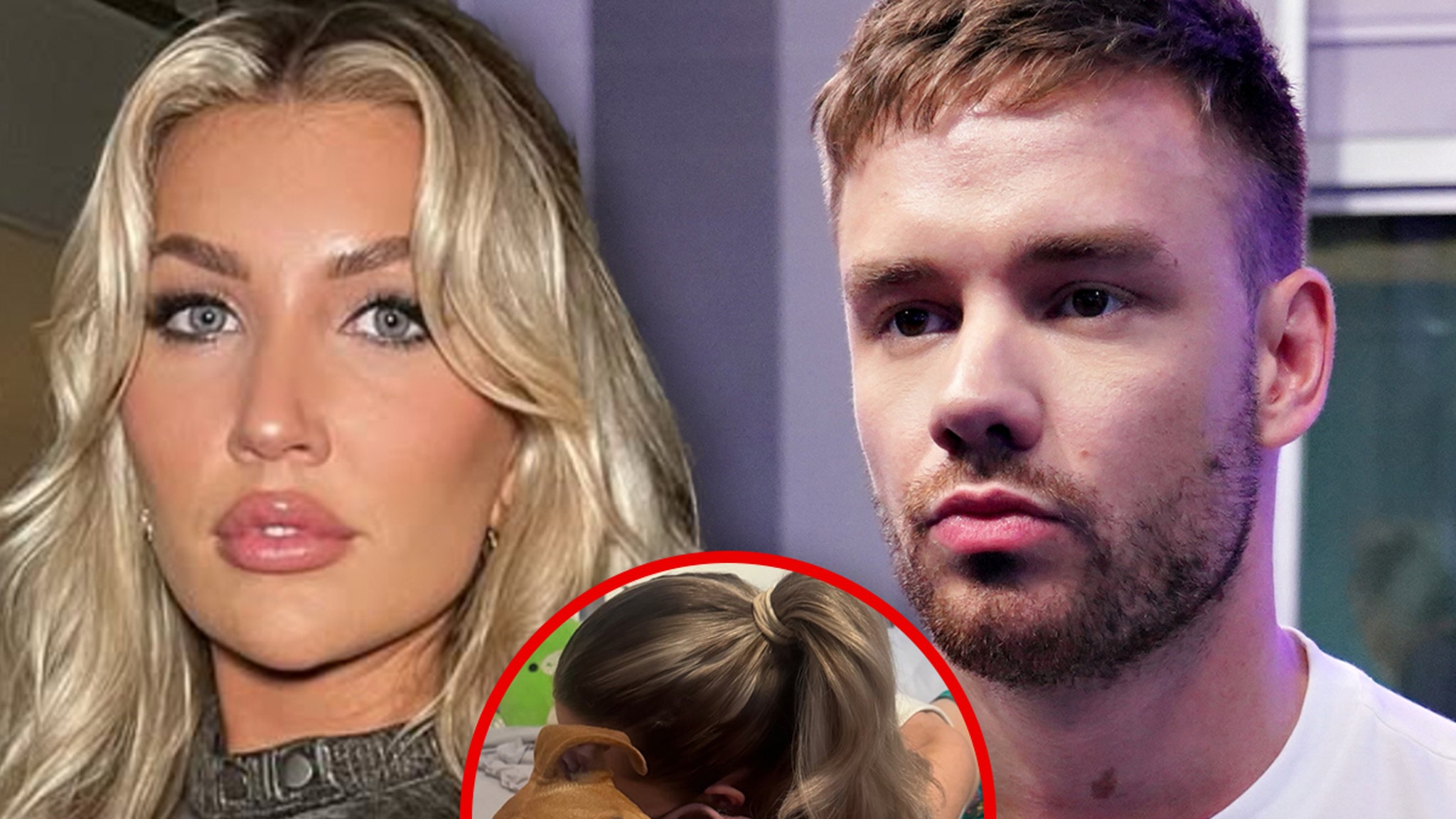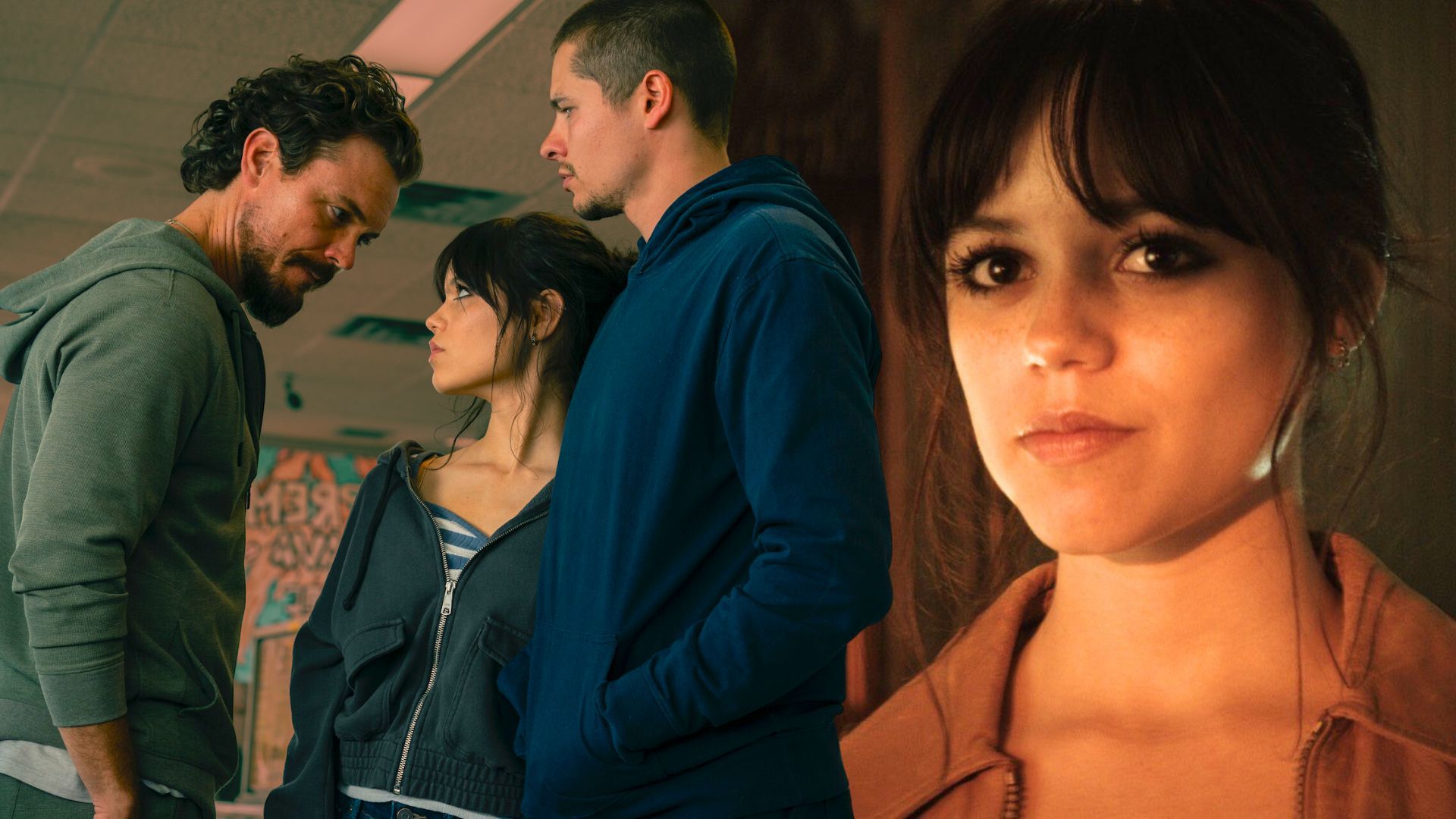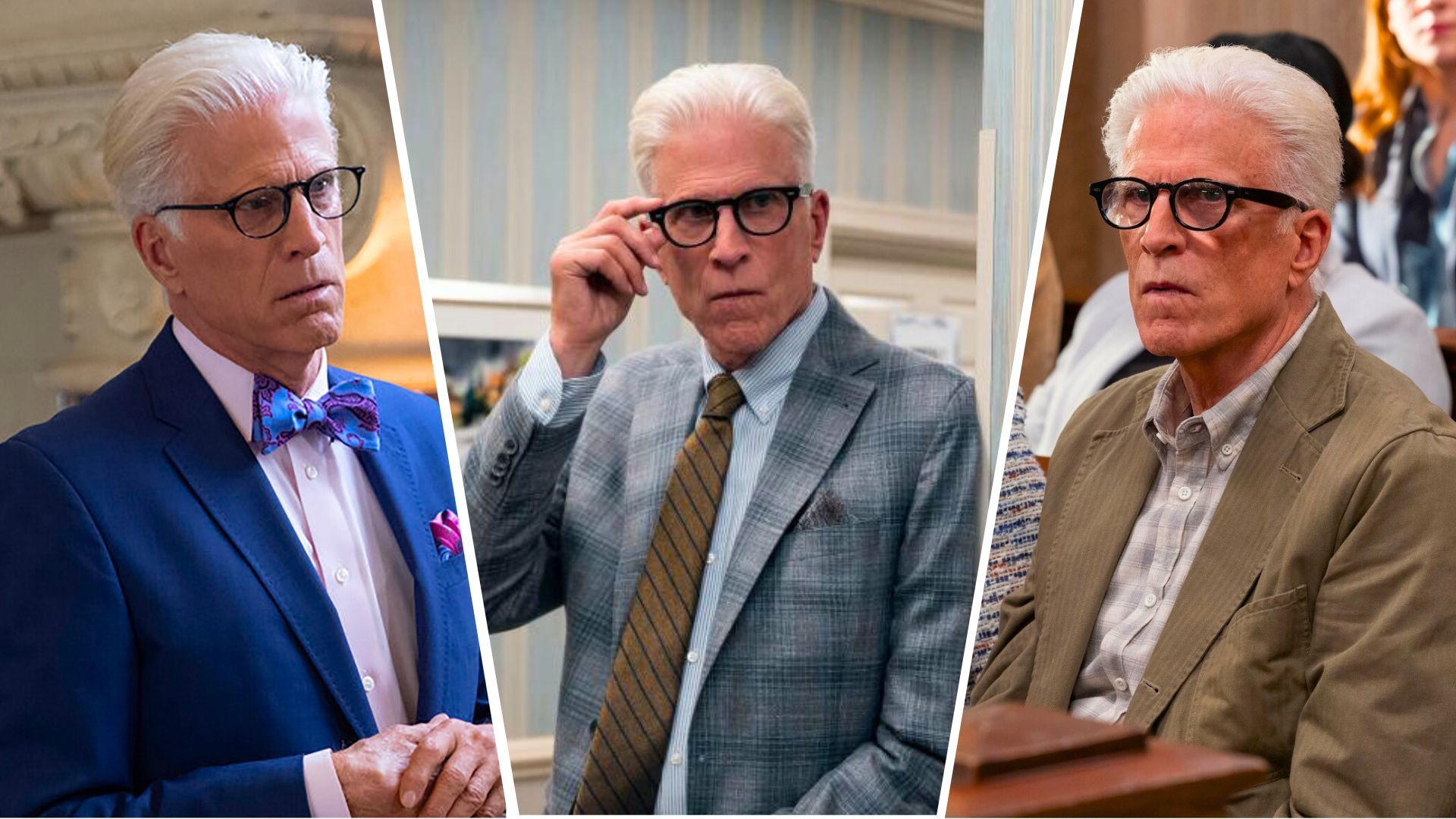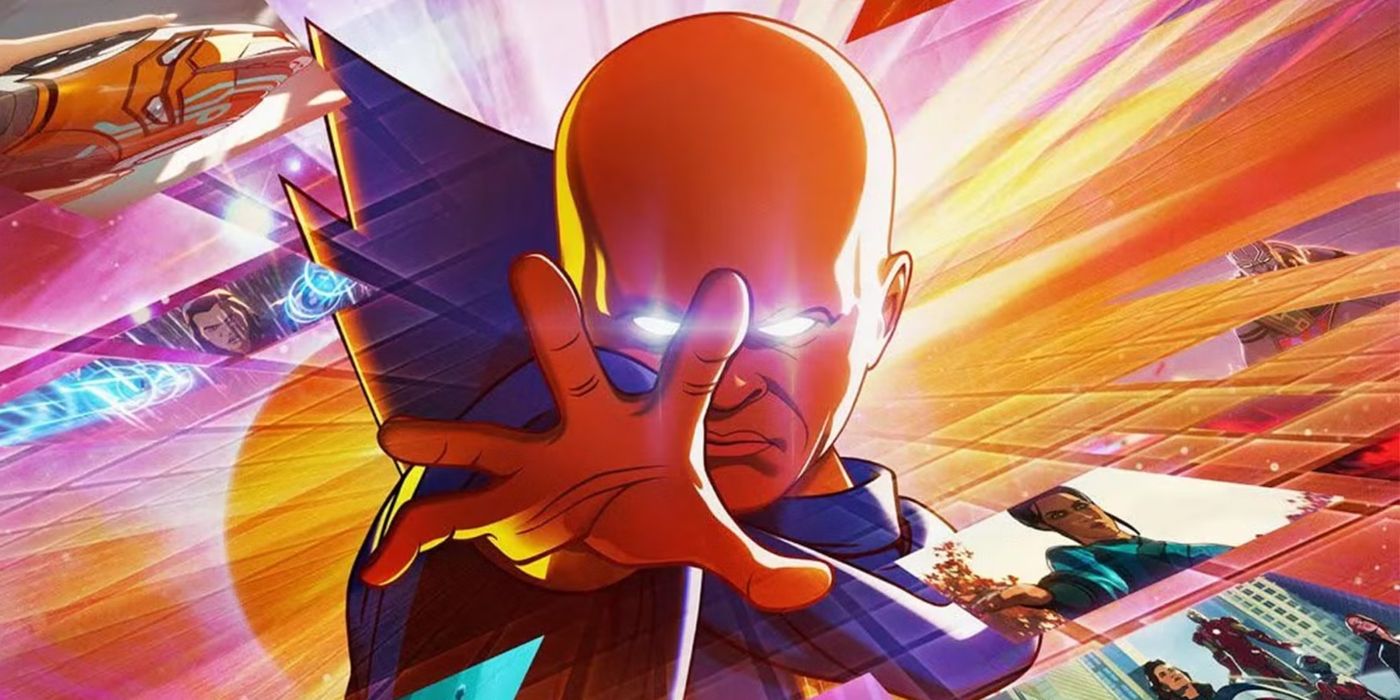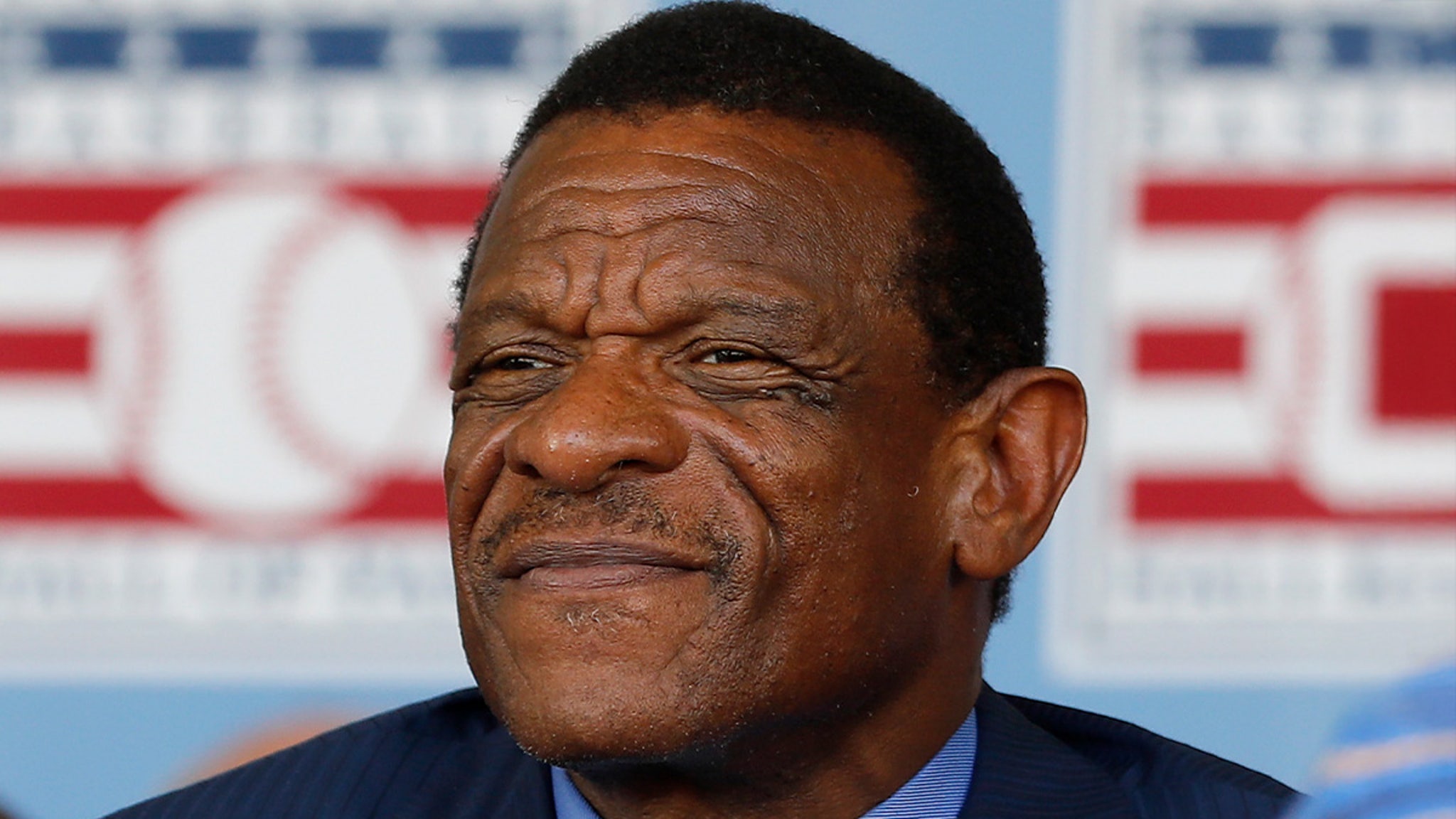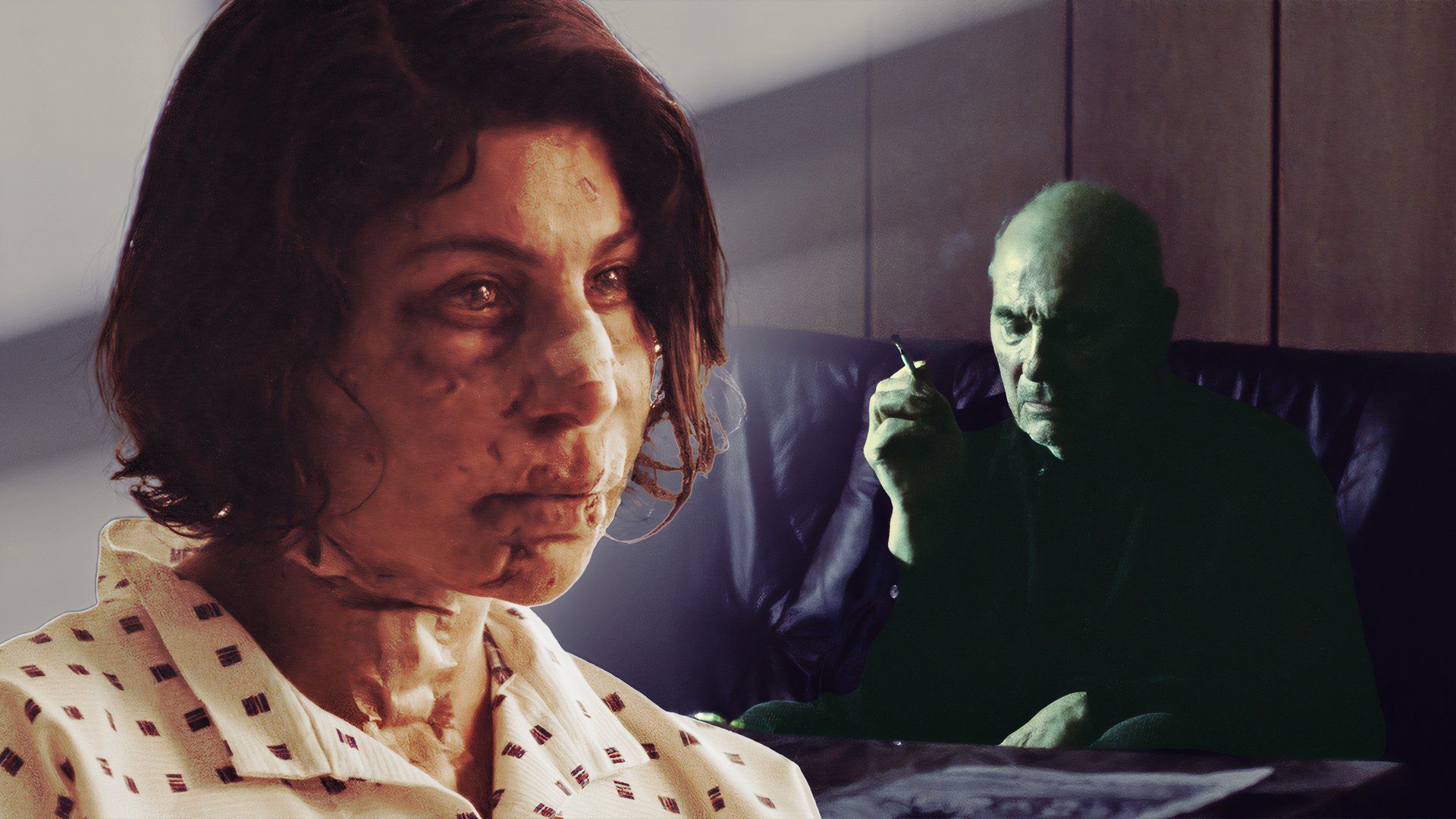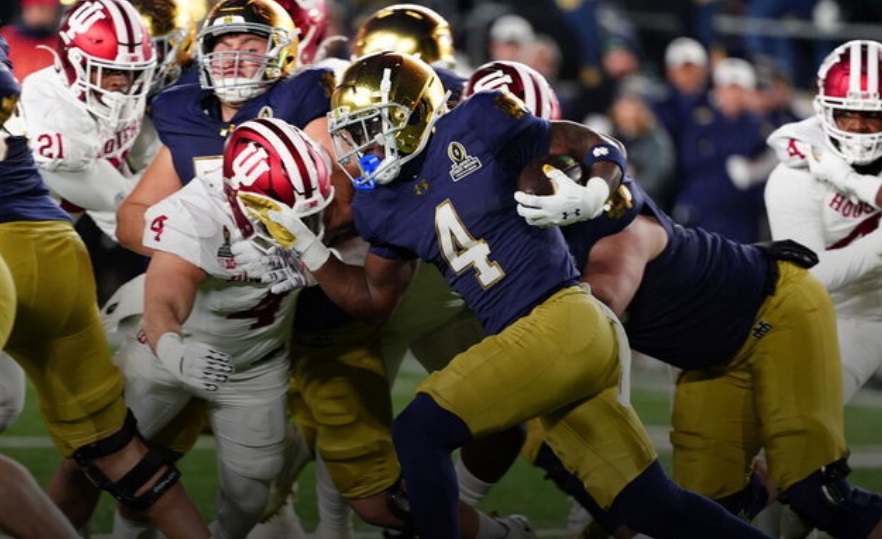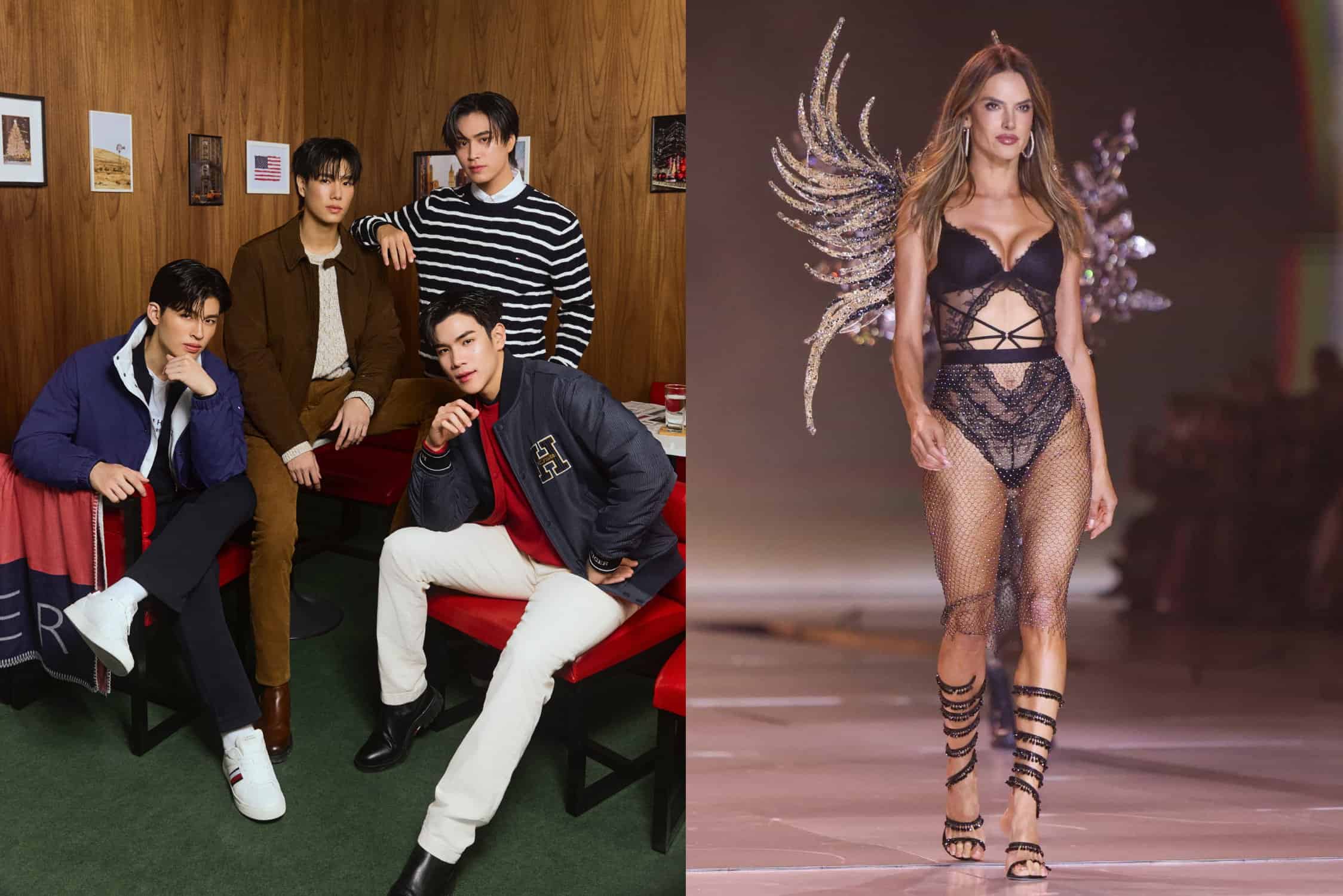Essentially, Clint Eastwood‘s character, William Munny, goes through the standard Clint Eastwood hero arc of getting beaten within an inch of his life (in some movies, he’s actually killed and rises from the dead), then coming back to righteously murder a bunch of people.
But over time, I grew to appreciate and even appreciate the elliptical nature of the ending. It reminded me of “Taxi Driver,” another film in which the main character (disturbed cabbie Travis Bickle) kills several people, but the film moves ahead to a coda that the audience can’t be quite sure how to take. Travis (spoiler alert on a nearly 50-year old film) recovers from his injuries and is thanked by the parents of Iris (Jodie Foster), the child prostitute he rescued, and returns to his old job. One night he finds that the same “dream girl” who once rejected him, Cybill Shepherd’s Betsy, has gotten into his cab and is treating him with what seems like admiration and a touch of flirtatiousness.
Is this a dream sequence? The movie never tells us, instead letting us sit within the oddness of the encounter (it feels scripted by Travis’ imagination), then adding a dissonant note at the end as Travis looks at his own reflected eyes in the cab’s rearview mirror, then pushes the mirror away so that it reflects the blur of nighttime traffic instead.
“Unforgiven” doesn’t have a scene precisely like that one. But it finds its own way to discombobulate the viewer.
After Munny kills the people who beat him up and then tortured and killed his partner Ned (Morgan Freeman), he rides out of town during a rainstorm (with an American flag flapping in the background of one shot) and declares that if anybody comes after him, he’ll kill them, and their families as well. Then there’s a dissolve, and the horror movie score gives way to a gentle acoustic guitar piece, and we find ourselves looking at a silhouetted wide shot of Munny back on his homestead. A printed title card says: “Some years later, Mrs. Ansonia Feathers made the arduous journey to Hodgeman County to visit the last resting place of her only daughter. William Munny had long since disappeared with the children… some said to San Francisco where it was rumored he prospered in dry goods. And there was nothing on the marker to explain to Mrs. Feathers why her only daughter had married a known thief and murderer, a man of notoriously vicious and intemperate disposition.”
It’s an ending that complicates rather than clarifies what we’ve seen.
The entire story is about Munny telling people “I ain’t like that no more” and then briefly becoming “like that” again to exact revenge. But what price does he pay as a result of his regression? It almost seems as if the urge to kill again had been with Munny for a long time after his retirement from the outlaw business, and once he got it out of his system he was okay, and could live a peaceful life.
Then again, that’s me projecting onto a movie—which is what viewers do when they’re denied more explicit details.
You can view the original article HERE.



